When Should I Eat Peaches?
Advertisement
Nothing compares to the taste of a fresh, juicy peach in the summertime. They are a wholesome, nutrient-dense food that tastes good baked into pastries, grilled, or mixed into salads. Peaches are climacteric, meaning that they keep getting riper even after they are picked or harvested, much like most other fruits. Try lightly pressing one of your peaches to make sure it's ripe and ready to eat. It's ripe if it gives slightly.
When is it best to eat peaches?
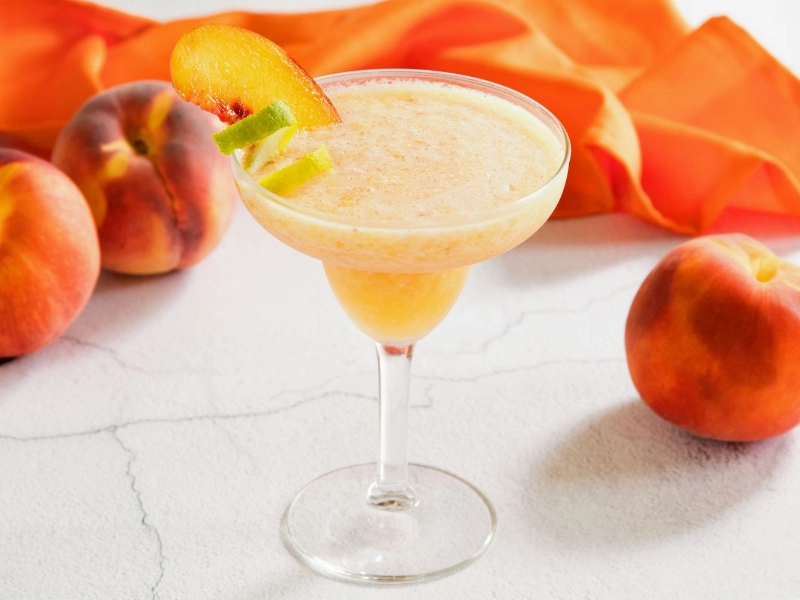 Any time of year, a luscious, delicious peach is a delight to behold, but this month is when they are at their best. A medium peach supplies 11% of your daily needs for vitamin C, an essential component that supports healthy immune function and wound healing.
When purchasing fresh peaches, choose ones that are intensely orange or golden yellow in colour as opposed to white or yellow with a trace of red (red may mean the fruit was plucked too soon). Though not mushy, a ripe peach should feel soft to the touch. In addition, it ought to smell delicious and yield somewhat when lightly squeezed. A damaged peach is not good, so take care not to press it too hard!
According to a recent claim made by a Southern culinary writer, peach season ends in June, and any other time you consume them, you're eating an imposter. Some peach aficionados disagreed, claiming that July and August are the best months for peach flavour.
Any time of year, a luscious, delicious peach is a delight to behold, but this month is when they are at their best. A medium peach supplies 11% of your daily needs for vitamin C, an essential component that supports healthy immune function and wound healing.
When purchasing fresh peaches, choose ones that are intensely orange or golden yellow in colour as opposed to white or yellow with a trace of red (red may mean the fruit was plucked too soon). Though not mushy, a ripe peach should feel soft to the touch. In addition, it ought to smell delicious and yield somewhat when lightly squeezed. A damaged peach is not good, so take care not to press it too hard!
According to a recent claim made by a Southern culinary writer, peach season ends in June, and any other time you consume them, you're eating an imposter. Some peach aficionados disagreed, claiming that July and August are the best months for peach flavour.
Time to Ripen
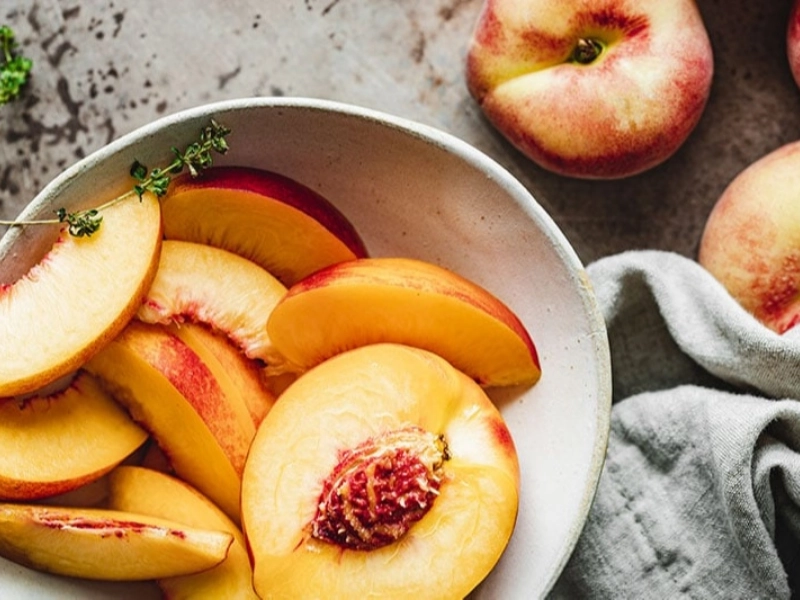 One of the best signs that a peach is ripe and ready to eat is its delicious scent. A peach may be underripe or overpicked and not yet fit for consumption if you notice it doesn't smell very strong.
As a peach ripens, its skin will also change in texture and color. The background will shift from green to orange or yellow, and certain types could have a blush that is somewhat reddish. Peaches with a hint of green on their skin should be avoided since this suggests they were either overripe when plucked or left on the tree too long.
Another way to determine if a peach is ripe is to lightly feel it between your fingertips. Although ripe peaches shouldn't be too mushy or squishy to the touch, they should be soft and pliable. Squeezing it slightly is another option; however, avoid applying too much pressure, as this may cause bruises.
One of the best signs that a peach is ripe and ready to eat is its delicious scent. A peach may be underripe or overpicked and not yet fit for consumption if you notice it doesn't smell very strong.
As a peach ripens, its skin will also change in texture and color. The background will shift from green to orange or yellow, and certain types could have a blush that is somewhat reddish. Peaches with a hint of green on their skin should be avoided since this suggests they were either overripe when plucked or left on the tree too long.
Another way to determine if a peach is ripe is to lightly feel it between your fingertips. Although ripe peaches shouldn't be too mushy or squishy to the touch, they should be soft and pliable. Squeezing it slightly is another option; however, avoid applying too much pressure, as this may cause bruises.
What to Look for in a Ripe Peach
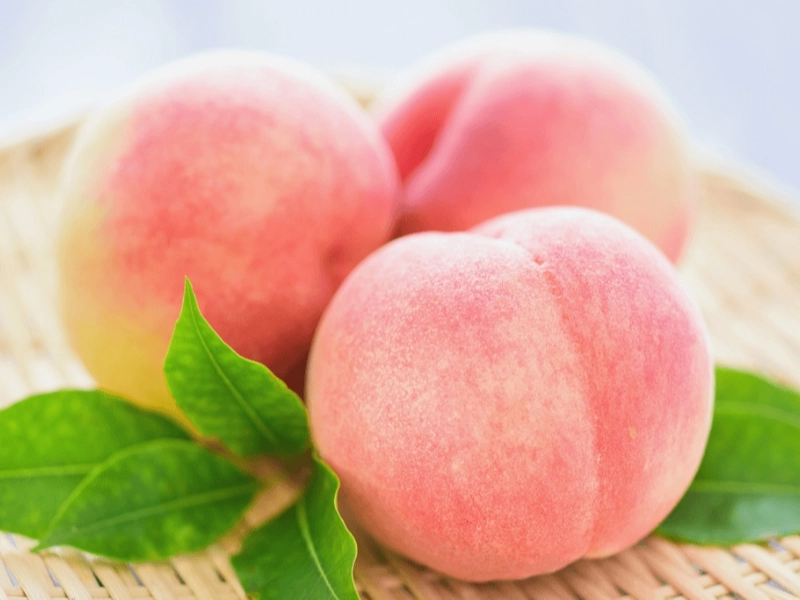 When determining if peaches are ripe, there are a few elements to consider. To start with, you should confirm that they are soft rather than mushy. You may check for this by gently squeezing the peach. It is ripe when it yields and becomes tender when slightly compressed. But exercise caution—peaches bruise easily, and you don't want to be too harsh.
Take note of the peach's hue as well. Leave it on the tree for a few more days if there is any green around the stem, as it is not yet ripe. At last, the peach should release a delightful scent. It should smell delicious and subtle and be difficult to ignore. When the peach is ripe and ready to be consumed, you can tell by looking at it like this! A ripe peach will also have plumper and rounder edges.
When determining if peaches are ripe, there are a few elements to consider. To start with, you should confirm that they are soft rather than mushy. You may check for this by gently squeezing the peach. It is ripe when it yields and becomes tender when slightly compressed. But exercise caution—peaches bruise easily, and you don't want to be too harsh.
Take note of the peach's hue as well. Leave it on the tree for a few more days if there is any green around the stem, as it is not yet ripe. At last, the peach should release a delightful scent. It should smell delicious and subtle and be difficult to ignore. When the peach is ripe and ready to be consumed, you can tell by looking at it like this! A ripe peach will also have plumper and rounder edges.
Keeping Ripe Peaches in Storage
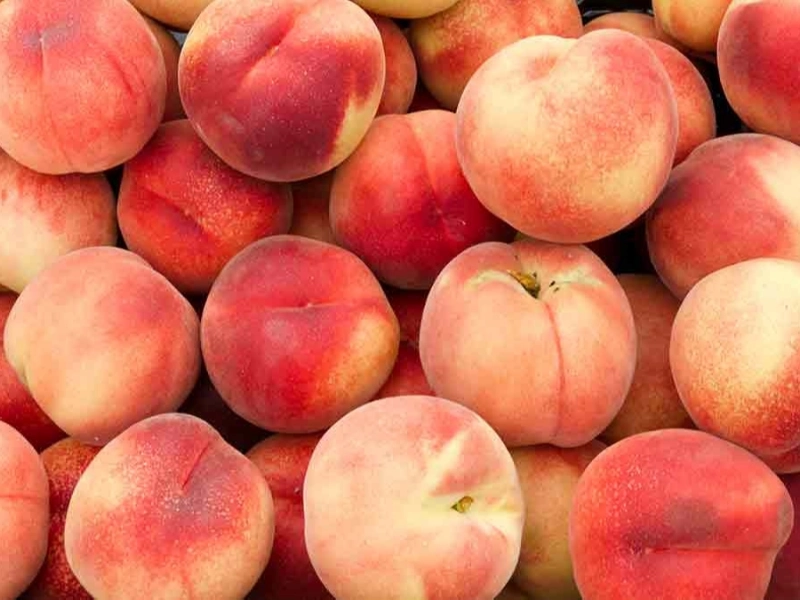 Your peaches will keep in the fridge for up to a week after they are ripe.
Make sure to arrange your peaches in order of freshness before storing them in the refrigerator. By doing this, you can prevent unripe peaches from rotting and contaminating the ripe ones. A single, ripe peach should be stored on its shoulder, apart from other peaches, to minimise contact points and bruises.
Gently feeling a peach to determine when it's ready to eat is the finest method. When pushed, a ripe peach should give slightly and feel soft and aromatic.
Jenny Friedman, a registered dietitian based in Pennsylvania, advises storing peaches in a loosely tied plastic bag in the refrigerator if you're not quite ready to consume them. This won't change the fruit's flavour or nutritional content; instead, it will slow down the ripening process naturally. Only remember to periodically inspect it for signs of wrinkling or decay.
Your peaches will keep in the fridge for up to a week after they are ripe.
Make sure to arrange your peaches in order of freshness before storing them in the refrigerator. By doing this, you can prevent unripe peaches from rotting and contaminating the ripe ones. A single, ripe peach should be stored on its shoulder, apart from other peaches, to minimise contact points and bruises.
Gently feeling a peach to determine when it's ready to eat is the finest method. When pushed, a ripe peach should give slightly and feel soft and aromatic.
Jenny Friedman, a registered dietitian based in Pennsylvania, advises storing peaches in a loosely tied plastic bag in the refrigerator if you're not quite ready to consume them. This won't change the fruit's flavour or nutritional content; instead, it will slow down the ripening process naturally. Only remember to periodically inspect it for signs of wrinkling or decay.
Advertisement
Recommended Reading:
Are Peaches a Superfood? →
Stay Updated
Actionable growth insights, once a week. No fluff, no spam—unsubscribe anytime.
Advertisement
You May Like

How to Know If Your Hamster Likes You
06/29/2025
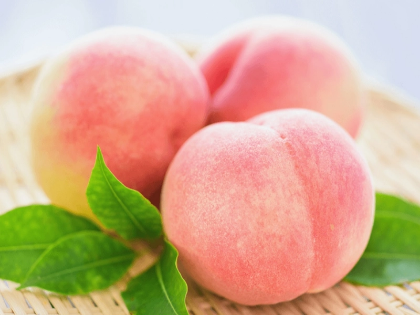
Can a peach help you lose weight?
08/18/2025
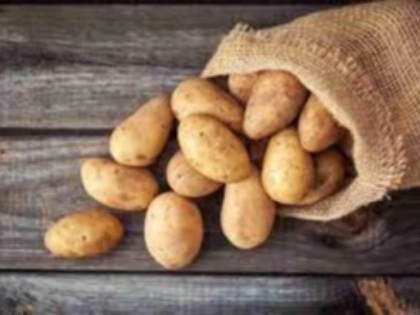
Do potatoes help with joint pain?
07/25/2025
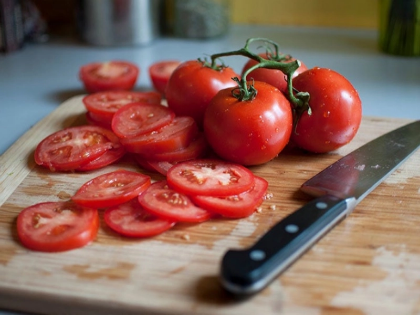
Can tomatoes boost your metabolism?
07/16/2025
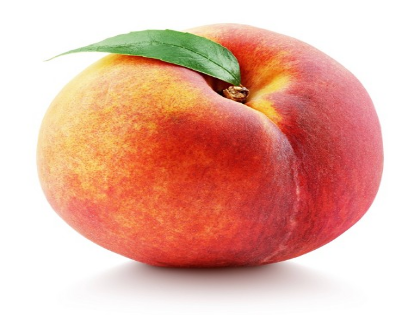
Are Peaches Good For Wrinkles?
07/27/2025
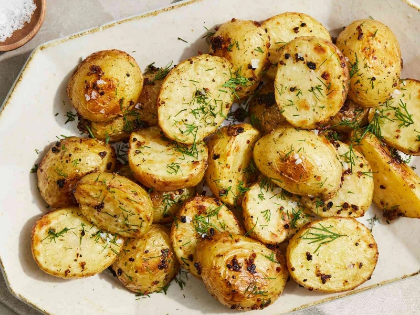
Are Potatoes Bad For Cholesterol?
06/30/2025

What Not to Do With Hamster
08/28/2025
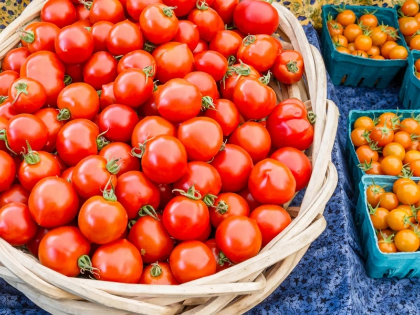
Which Part of a Tomato is Best For You?
08/09/2025

Do hamsters enjoy silence?
07/05/2025
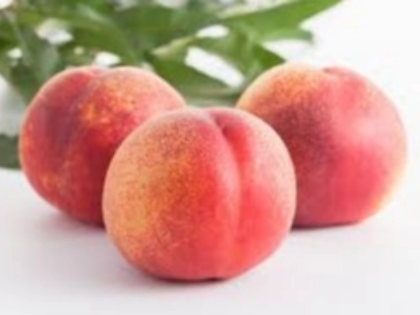
Do peaches prevent ageing?
07/22/2025
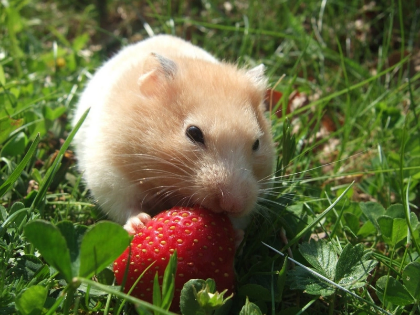
Hamsters Can Be Noisy at Night, But There Are Ways to Minimize the Racket
07/18/2025
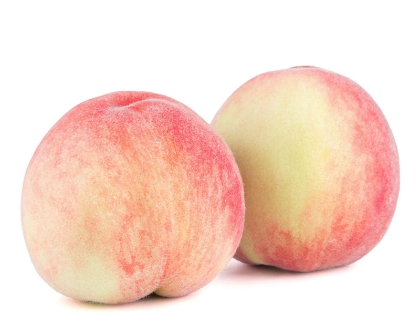
Do peaches help lower blood pressure?
07/10/2025

Is keeping a hamster in your bedroom safe?
07/30/2025
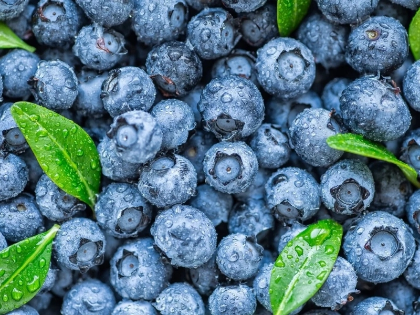
Do Bananas and Peaches Have More Sugar Than Bananas?
07/11/2025
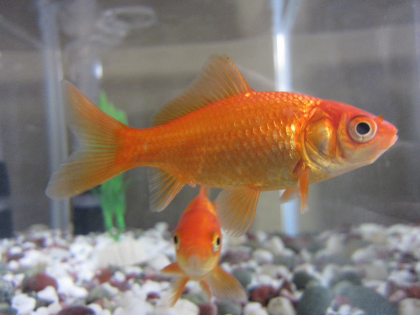
Can Goldfish Live in Tap Water?
07/01/2025
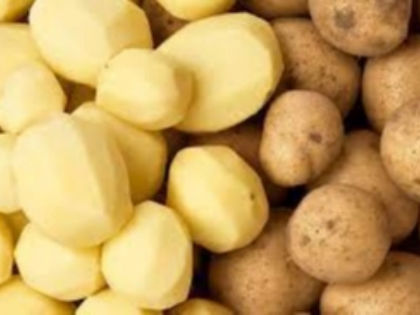
Are Potatoes Easy to Digest?
07/12/2025
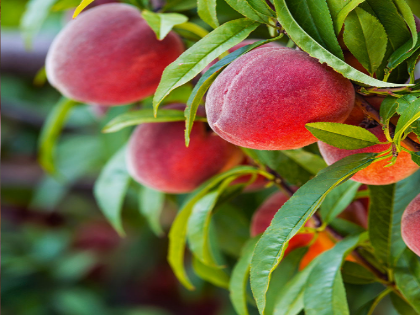
When Should I Eat Peaches?
08/12/2025

How Do I Know My Hamster is Happy?
07/01/2025

And how can I make my hamster content?
08/15/2025
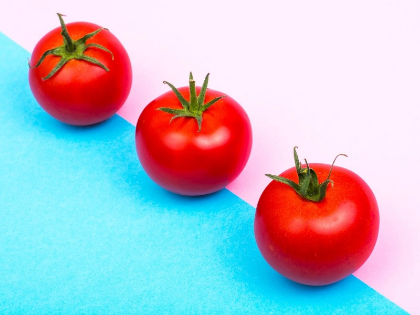
Is Tomato OK For Diabetes?
08/03/2025
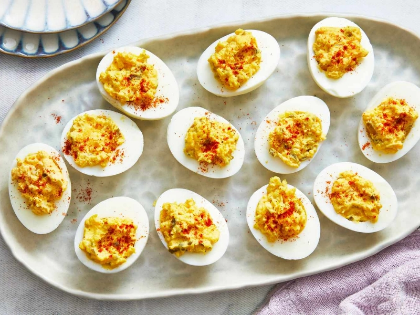
Do boiled eggs have health benefits?
07/07/2025

Do Hamster Bite Wounds Hurt?
08/04/2025
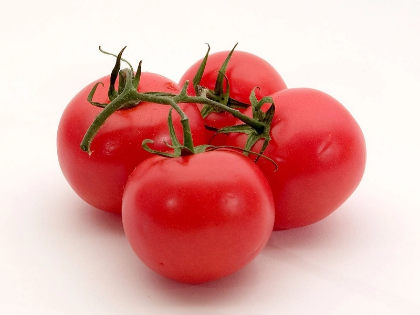
The Benefits of Tomatoes for Men
07/27/2025
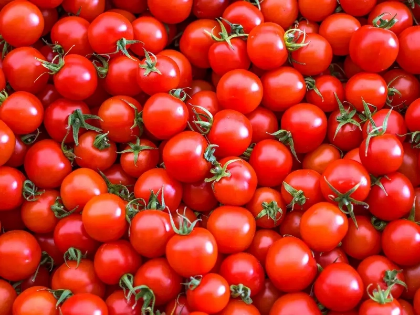
Does eating tomatoes help your colon?
07/10/2025
Comments
GlacierSignal · 07/24/2025
Offers a resilient escalation path.